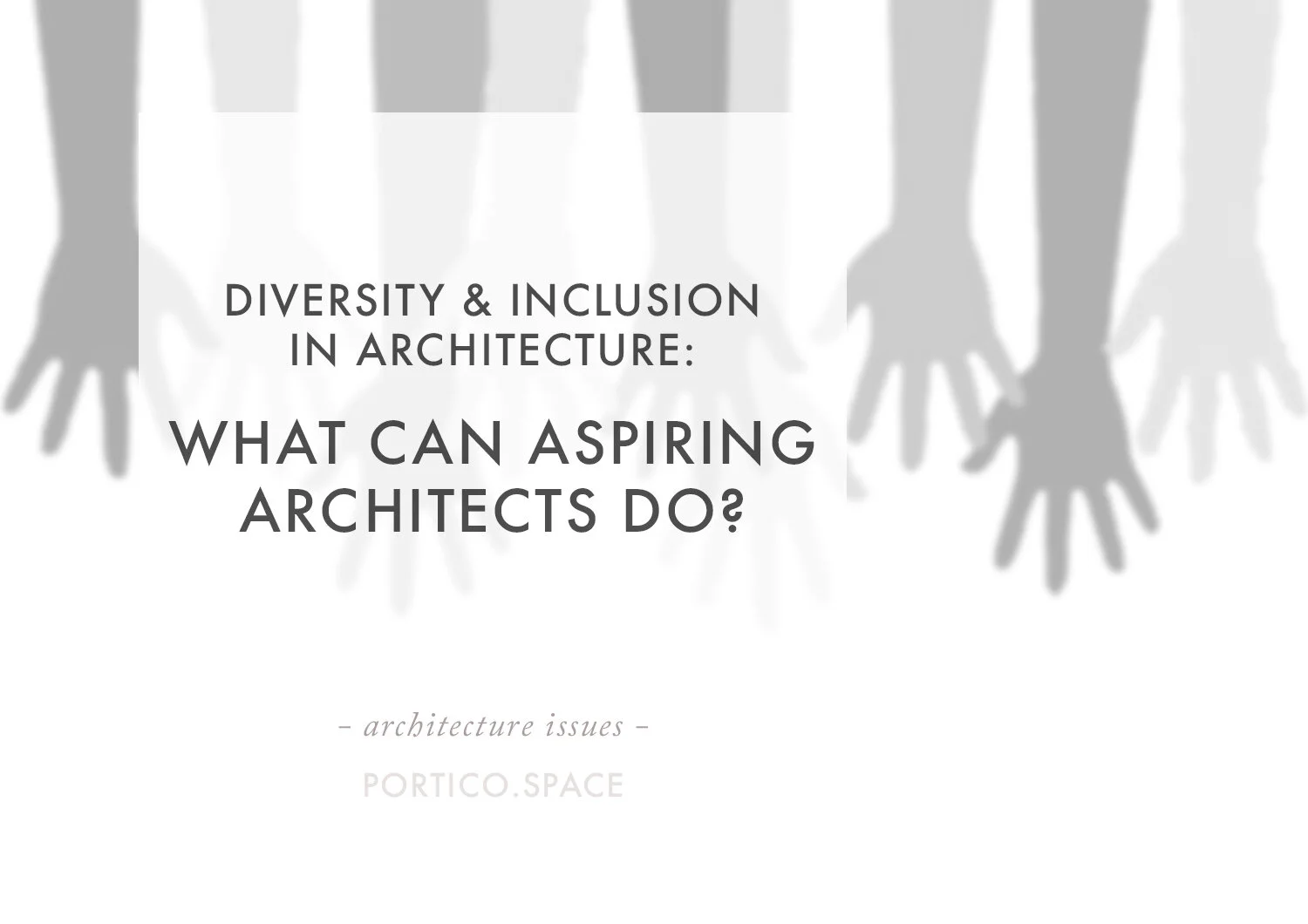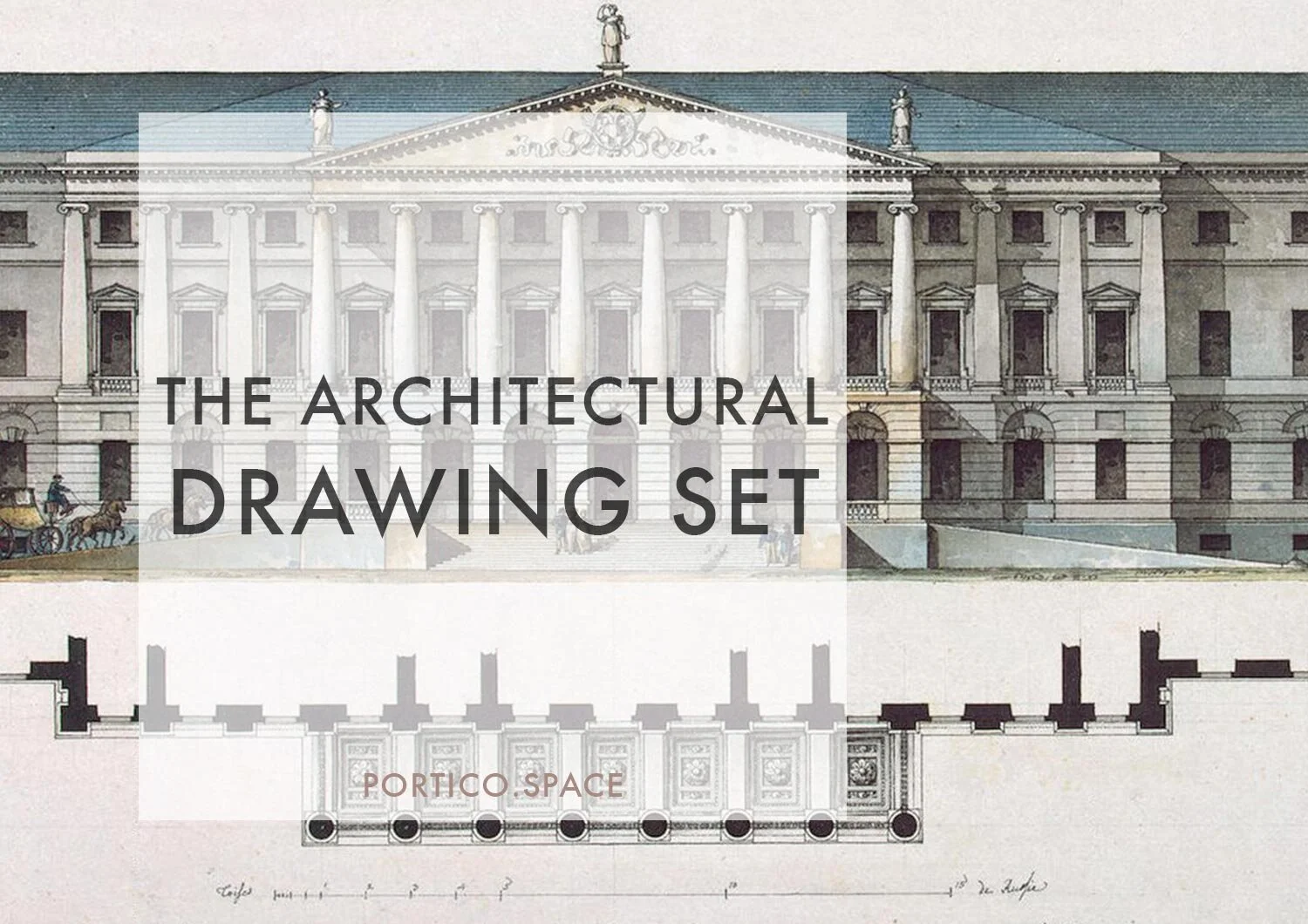In Architecture, diversity and inclusion isn’t only a job for the managers, for higher level strategists, of for the leaders of our institutions. It is an everyday mission and practice for each of us, no matter what our role or contribution to the profession looks like or is labelled as.
So rather than waiting for diversity and inclusion changes to happen, what can we do as individuals, as aspiring architects, as active citizens with a dream of an inclusive and diverse future? And how can we do it without jeopardising how we operate within or alongside existing practices?
Read More



